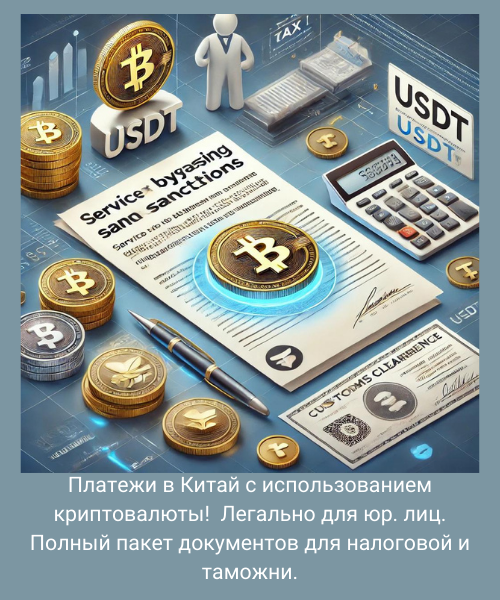Introduction
Solana is an innovative blockchain platform designed to enhance the scalability, speed, and user experience in the crypto world. This comprehensive guide will delve into how Solana operates, its core features, the technical mechanisms behind it, and its role as an investment opportunity.
How Does Solana Work?
Exploring the Features
- Lightning-Fast Transactions: Solana boasts a remarkable ability to process thousands of transactions per second, vastly surpassing the capabilities of competing blockchains.
- Proof-of-History (PoH): This innovative consensus mechanism leverages a historical record to enhance efficiency and transaction validation speeds.
- Smart Contract Support: Solana empowers developers to create transformative decentralized applications (dApps) across various industries using smart contracts.
- Parallel Transaction Processing: Solana’s unique architecture allows for parallel processing of transactions, minimizing congestion and improving overall throughput.
- Enhanced User Experience: By addressing scalability issues, Solana provides a seamless user experience with faster transaction confirmation times and lower fees.
Understanding the Technology and Mechanisms
- Proof-of-History (PoH) and Proof-of-Stake (PoS): Solana utilizes a hybrid consensus mechanism, combining PoH and PoS for increased efficiency and security.
- Tower BFT Consensus: This consensus protocol enables validators to swiftly reach agreement on the blockchain’s state.
- Fast Confirmation Times and High Reliability: The combination of PoH and PoS enables rapid transaction confirmations while maintaining network stability.
Validators: The Backbone of Consensus
Validators play a crucial role in maintaining Solana’s integrity and security by validating transactions, creating new blocks, and finalizing the blockchain’s state. To become a validator, one must stake a substantial amount of SOL tokens as collateral.
Tokenomics and Staking
- SOL: The Native Cryptocurrency: SOL is the native token of the Solana ecosystem, serving as a medium of exchange and a means for staking.
- Staking for Rewards: Token holders can earn rewards by staking their SOL tokens, contributing to network security and decentralization.
- Fixed Total Supply: The total supply of SOL tokens is capped at 489 million, ensuring scarcity and potential value appreciation.
Solana as a Cryptocurrency
- SOL: A Medium of Exchange: SOL serves as the primary currency within the Solana ecosystem, facilitating transactions and payments.
- Staking for Security and Rewards: Staking SOL tokens helps secure the network while earning rewards for participants.
- Incentivizing Network Participation: Staking and rewards encourage active participation in the Solana ecosystem, driving growth and adoption.
The Proof of History Concept
- Efficient Verification: PoH provides a historical record for efficient validation of blockchain states, enhancing transaction processing speed.
- Preventing Manipulation: PoH safeguards against malicious manipulation of transaction order, ensuring security and reliability.
- High Throughput and Low Latency: Solana’s implementation of PoH delivers exceptional scalability, enabling handling of large transaction volumes without compromising decentralization.
Staking and Its Role
- Validators and Staking: Validators stake their SOL tokens as collateral to validate transactions and earn rewards, maintaining network security.
- Incentivizing Commitment: Staking encourages long-term participation and fosters stability within the Solana ecosystem.
- Responsibilities of Validators: Validators must maintain reliable infrastructure and monitor protocol updates to ensure efficient network operations.
Evaluating Solana as an Investment Opportunity
- Scalability: Solana’s exceptional scalability makes it ideal for dApp development and handling high-volume transactions.
- Low Fees: Compared to traditional financial systems, Solana offers cost-effective transaction fees, benefiting developers and users.
- Developer-Friendly Environment: Solana provides comprehensive documentation and tools, empowering developers to build innovative dApps.
- Increasing Adoption: Growing adoption of Solana by dApp developers drives demand for SOL tokens, potentially appreciating their value.
- Consideration for Investment: Due diligence is crucial before investing in SOL tokens, weighing potential risks against growth prospects.
Unleashing Solana’s Potential
Solana’s unique features and scalability make it a promising investment opportunity in the cryptocurrency market. Its potential for revolutionizing blockchain technology and facilitating the growth of decentralized applications is significant. With thorough research and risk assessment, investors can explore the possibilities offered by Solana.
FAQs
| Question | Answer |
|---|---|
| What sets Solana apart from other platforms? | Solana focuses on scalability and performance, enabling fast transactions without compromising decentralization. |
| How does staking work on Solana? | Staking involves locking up SOL tokens to support network operations, earning rewards for participation. |
| Is Solana suitable for dApp development? | Yes, Solana’s high throughput makes it ideal for building scalable decentralized applications. |
| Is SOL a good investment? | Investing in SOL carries risks and requires thorough assessment of individual financial goals and market conditions. |
| Where can I buy SOL tokens? | SOL tokens can be purchased from reputable cryptocurrency exchanges. |
| Can I store SOL tokens in a wallet? | Yes, SOL tokens can be stored in compatible wallets that support Solana. |
Conclusion
Solana’s innovative approach to blockchain technology positions it as a game-changer in the cryptocurrency market. Its remarkable scalability, cost-effectiveness, and user-friendly environment make it an attractive choice for developers and investors alike. As the ecosystem continues to grow and evolve, Solana’s potential to revolutionize decentralized applications and drive innovation remains immense.












